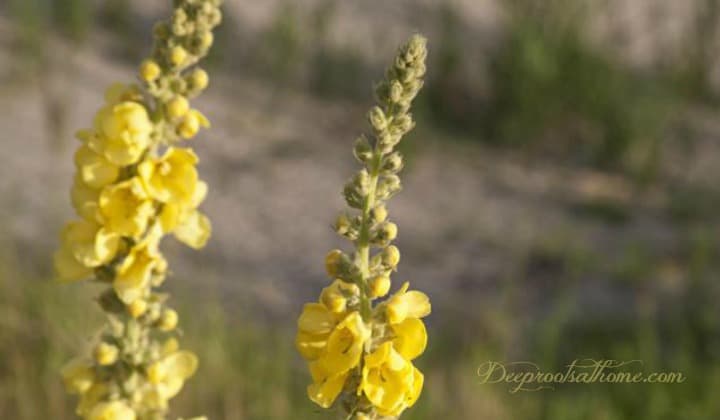
Mullein makes a very appropriate first herbal ally for beginners in herbcraft.
In the 19th century, people smoked mullein leaves or dried flowers to treat respiratory diseases, coughs, and asthma symptoms – a practice borrowed from the Mohegan and Penobscot Indians.
Mullein (Verbascum thapsus) is an Old World plant, where it was for centuries an esteemed medicinal herb. The colonists planted it in their gardens; it has since escaped and become naturalized in various species throughout the United States.
Gerard, the English herbalist writing in the 16th century, noted that “Figs do not putrefy at all that are wrapped in the leaves of Mullein” so the antibacterial properties of the leaves were noted very early on.
Mullein is high in iron, magnesium, potassium, and sulfur. We consider it the herb of choice for respiratory problems and pulmonary diseases.
It’s safe, including for pregnant/nursing women and children. (source)
Not only does it loosen mucus and expel it out of the body, but it also:
• calms spasms
• is a natural painkiller
• helps to reduce swelling in the glandular system
It’s also:
• very calming for a sick child
• will likely help him or her to sleep
• even with an earache
The video below will address this.
While I am not a doctor (and cannot recommending it to you), this is one herb I like in my medicine chest. We have used it for lung and sinus congestion in capsule form for years.
Below are other ways to use it, but we have:
• steeped dried leaves in a teacup
• inhaled the steam rich in natural bronchodilators (which alone can open the lungs)
• then drunk the tea
Flamboyant herbalist Susan Weed will help you identify it in the wild and also gives a lot of insight on this plant and it’s medicinal uses.
Gathering wild mullein leaves and flowers is a part of simple living, and is a great way to get out together and romp the countryside with a son or daughter discovering the beauty of God’s creation that you wouldn’t normally see.
If you don’t want to forage for Mullein or make it, you can order it online. You can also find it on Amazon or in health food stores in:
• tea bags
• as the dried herb
• or in the already prepared Mullein/Garlic herbal ear drop oil
• Great Mullein Verbascum thapsus – 150 Seeds Heirloom- Non GMO
How To Make Mullein/Garlic Herbal Infusion for Earaches
This is super easy.
Step 1.) Harvest fresh mullein leaves and flowers in dry weather. You can also used dried, crumbled leaf. The flowers do not dry well.
Go for plants that don’t appear blighted or dying or close to heavily traveled roads, but the ones with healthy, soft leaves and a strong stalk. (Other names for it are Adam’s flannel, Velvet dock, and Beggar’s blanket). If you see/touch the soft leaves, you will know why.

2.) Rinse the leaves under running water to eliminate excess dust, etc. As the flowers are rather fragile, use a softer flow of water or put them in a colander to rinse.
3.) You can steep the yellow flowers alone, or add buds and loosely chopped leaves into a small jelly jar with a lid.
4.) You can add 1 quartered clove of fresh garlic if you desire. Garlic is an excellent painkiller in the ear and a wonderful preservative for this remedy.
5.) Heat extra virgin olive oil to hot in a small pan, but do not boil.
6.) Pour the heated olive oil into the jar over the herb and fill it to cover the herbs by about 1″.
7.) Screw the lid on tightly and allow this to sit in a dark spot for two to three weeks to create an infusion. Check at 3 weeks.
Later, you strain off the depleted herb and place in a amber glass bottle to store.
Remember to label your product.
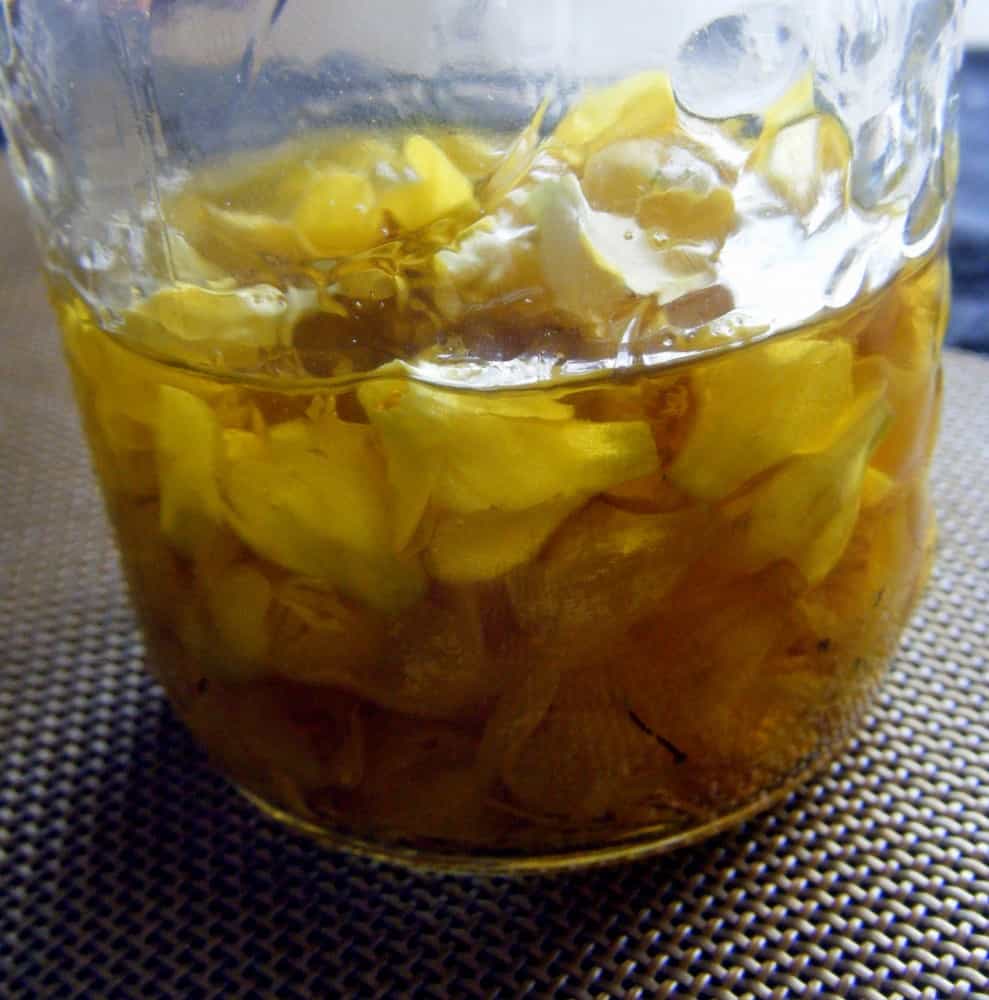
How To Administer a Fresh Mullein/Garlic Infusion
Many mothers know the soothing relief a mullein/garlic infusion can give to a throbbing ear infection.
1. Warm the drops by holding the bottle in your hands for a few minutes.
2. Gently shake the bottle and warm a few minutes more. Never microwave or place the bottle in boiling water to heat as the properties will be destroyed.
3. Do not touch the dropper of the bottle to the ear.
4. Have your child lay on her side with the affected ear up or if self-administering, tilt your head to one side.
5. Use two or three drops each time as often as 4 times a day
6. Gently pull and hold the earlobe up and back several times so the drops flow into the ear canal.
7. Have a tissue or cotton ball ready for drips.
Making Dried Herb for Loose Tea
To dry the leaves, hang up with a needle and thread (spread apart for air circulation) till completely dry and crisp (as in the photo above, right). Crumbled into a jar with lid and store out of sunlight in a cool place.
Other common uses: The fresh leaves slightly crushed can be used as a temporary dressing over an abrasion to prevent or stem infection. It is a good herb to know where it grows in your area. Some day we may be glad to be able to have it in an emergency. The world isn’t getting any more stable, you know.
“A weed is a plant that has built in survival skills except they don’t grow in rows. They are God’s gifts to us – if we will use them.“ ~Jacqueline
***For the Full Spike Protein Protocol to protect from transmission from the “V” and to help those who took the “V”, go here.

Deep Roots At Home now has a PODCAST! We are covering everything from vaccines, parenting topics, alternative medicine. Head over today and like, share and download a few episodes!
I’d love to stay connected with you, and here is one way…
Censorship is real. My Pinterest account was suspended; but surprisingly part of my main board is still available through this link, and it scrolls down a long way!
You can also find me on Facebook, Gab, MeWe, X (Twitter), Instagram, and look for me on IG Stories.
And please join me for my FREE newsletter. Click here.
©2025 Deep Roots at Home • All Rights Reserved


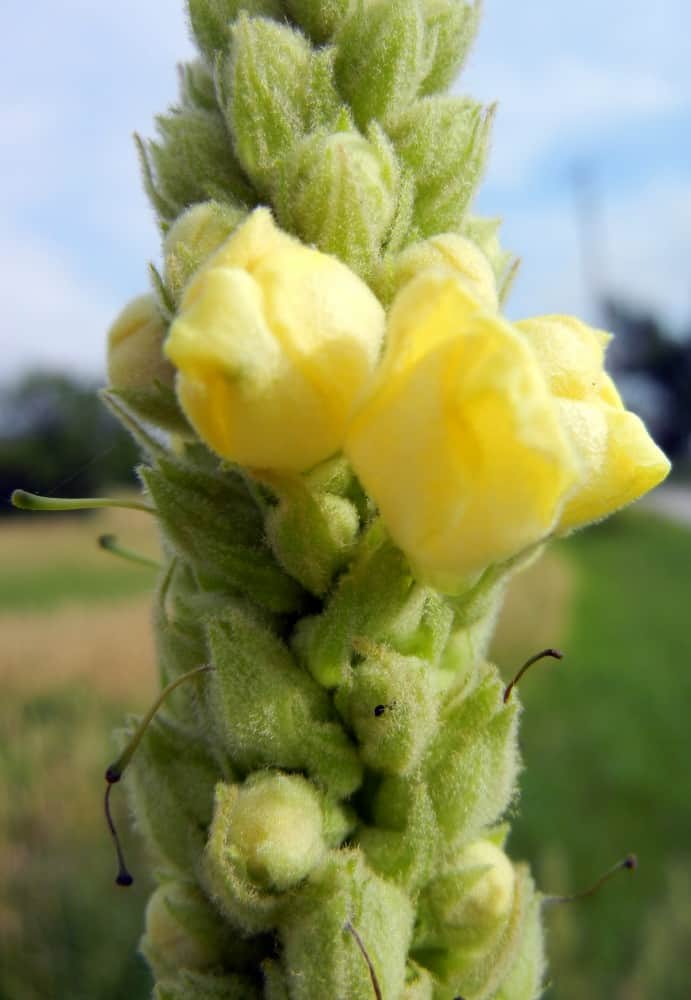
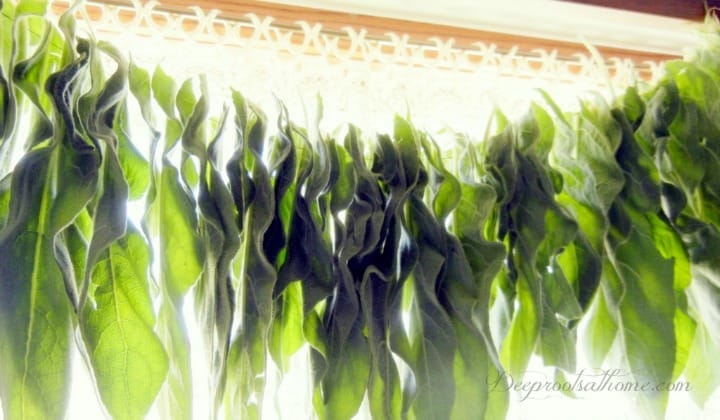

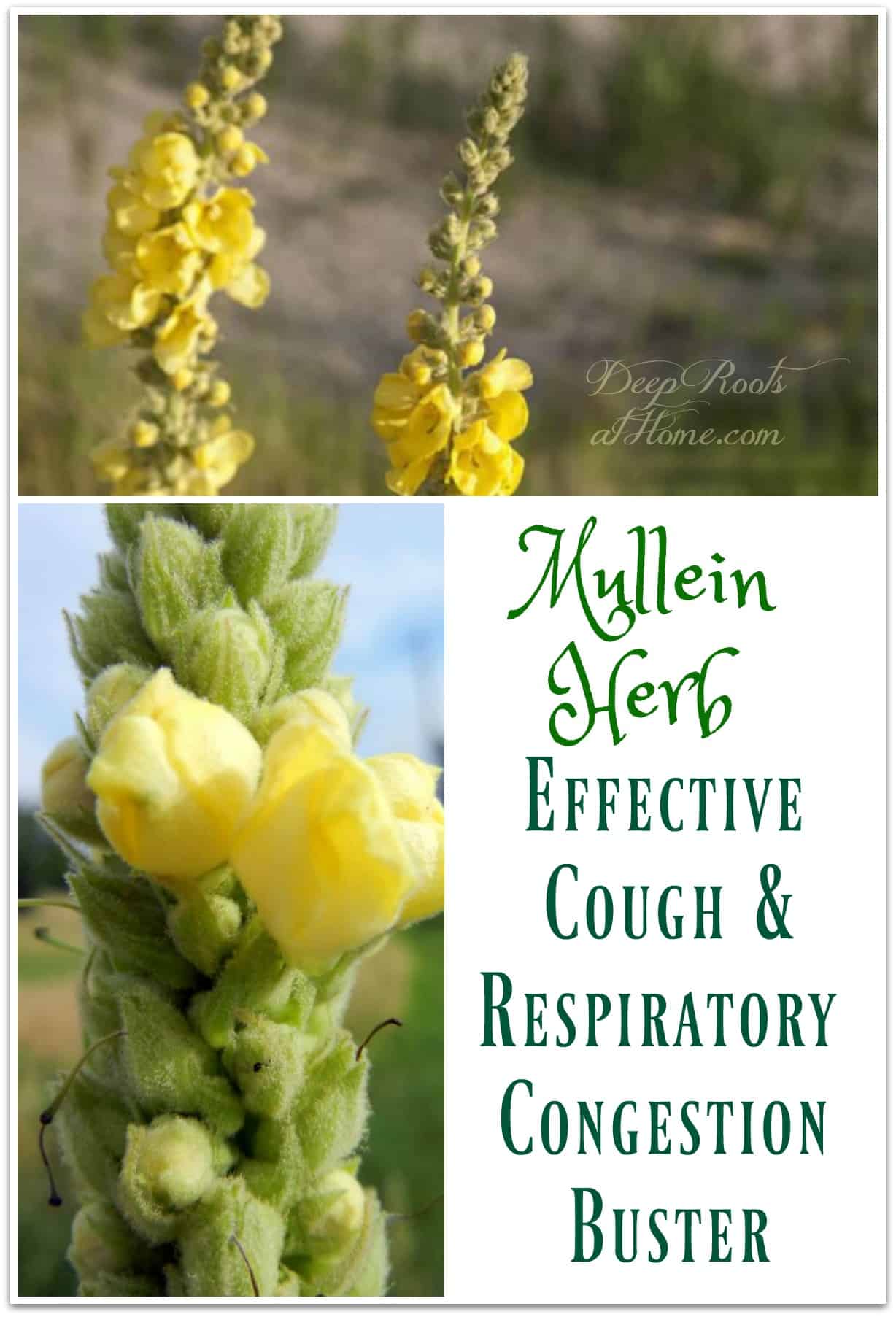



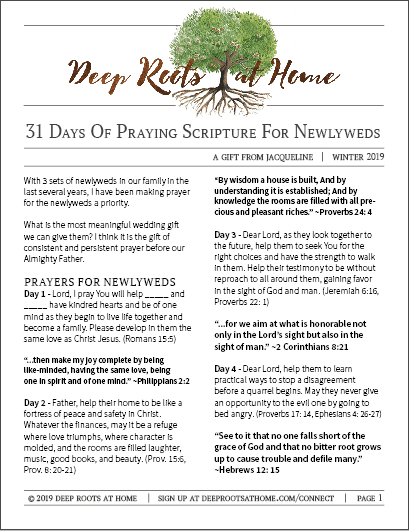
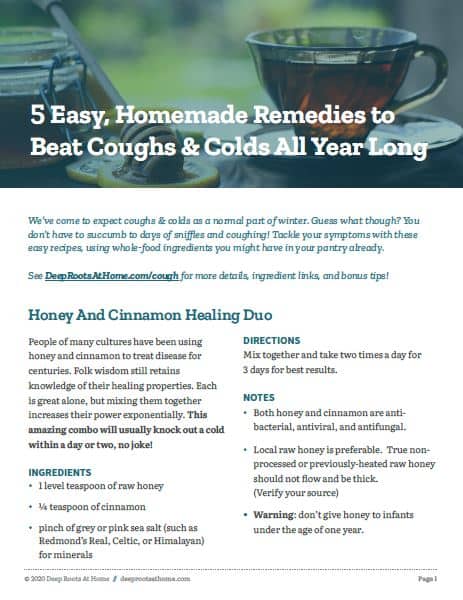

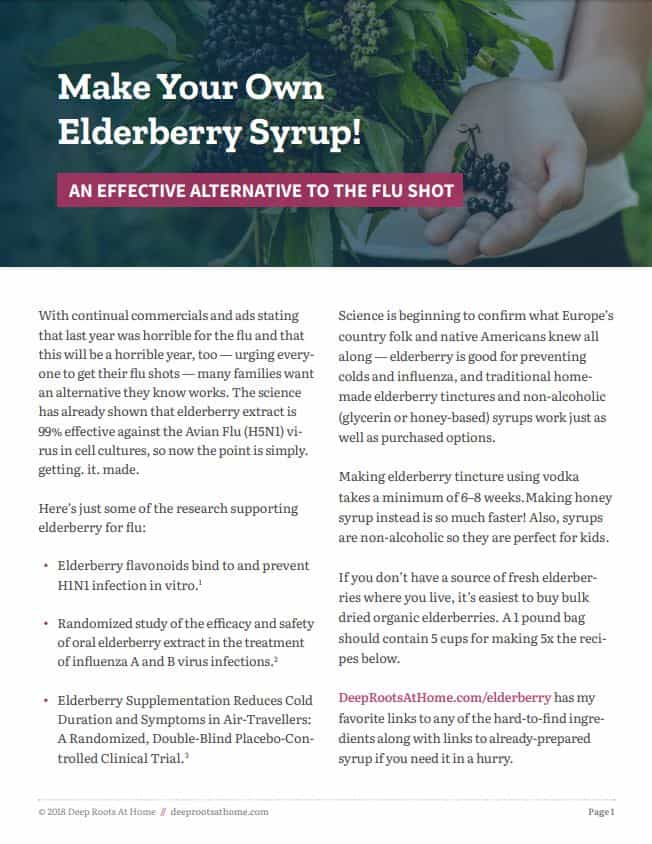

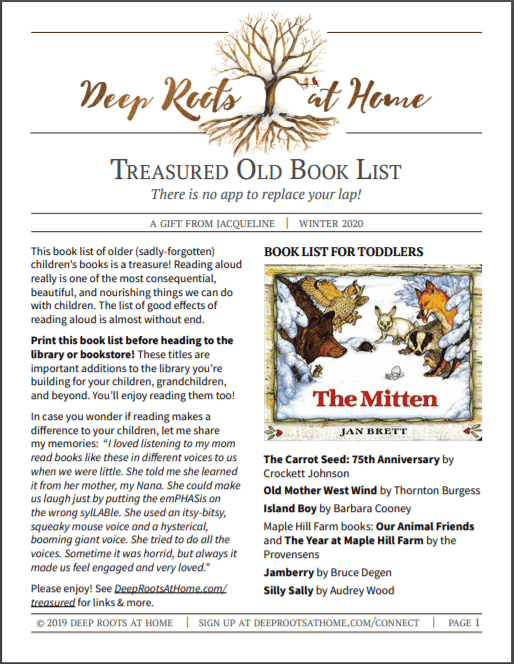



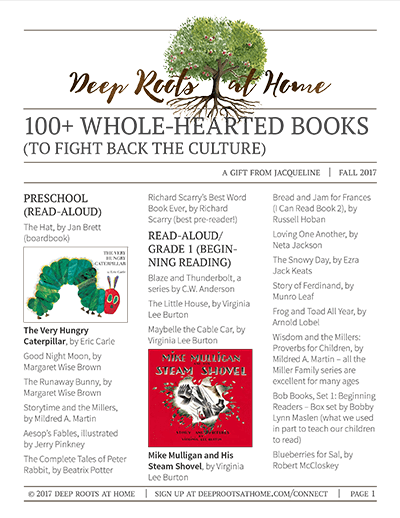
Related